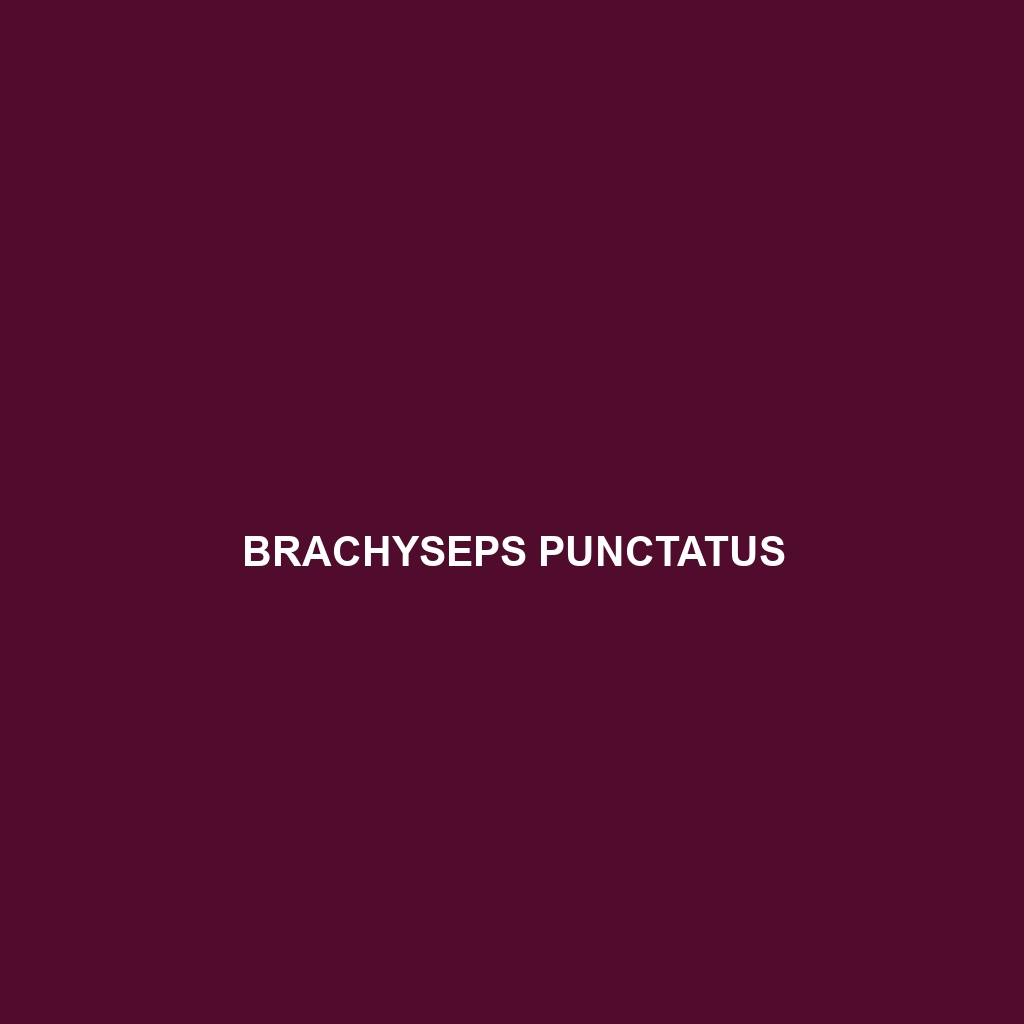Common Name: Brachyseps mandady
Scientific Name: Brachyseps mandady
Habitat:
Brachyseps mandady is primarily found in the tropical rainforests of Madagascar. This unique species thrives in moist, forested environments, often among leaf litter and undergrowth. The geographical range includes specific areas within the eastern rainforests, where humidity levels and temperatures create an ideal habitat for their survival.
Physical Characteristics:
Brachyseps mandady is a small species, typically reaching sizes of around 10 to 15 centimeters in length. The coloration of this skink varies, with a predominance of earthy tones, such as brown and green, which provide effective camouflage among the forest floor leaves. Distinctive features include a flattened body shape and short limbs, which aid in its movement through dense vegetation. Its smooth scales enhance its ability to glide through its environment seamlessly.
Behavior:
This species is primarily diurnal, exhibiting activity during daylight hours. Brachyseps mandady is known for its secretive nature, often hiding beneath rocks and within leaf litter to avoid predators. Its behavior includes a fascinating form of locomotion, where it can rapidly burrow headfirst into the ground for cover. Additionally, social interactions often involve vocalizations during the mating season, making it a subject of interest for herpetologists.
Diet:
Brachyseps mandady is an insectivorous species, primarily feeding on small invertebrates such as ants, termites, and other arthropods. The skink employs a foraging strategy that includes searching under logs and rocks to locate its food sources. This specialized diet is crucial for its energy needs and plays a significant role in its ecological niche.
Reproduction:
The reproductive habits of Brachyseps mandady involve seasonal breeding typically taking place in the warmer months. Females lay clutches of 2 to 4 eggs in secluded areas, often buried beneath the leaf litter for protection. The incubation period lasts about 60 days before hatchlings emerge, showcasing independence shortly after birth.
Conservation Status:
Currently, Brachyseps mandady is classified as Vulnerable according to the IUCN Red List. Habitat destruction due to deforestation and agricultural expansion poses significant threats to this species, highlighting the urgent need for conservation efforts to protect its remaining habitats.
Interesting Facts:
An intriguing fact about Brachyseps mandady is its remarkable ability to blend into its surroundings, utilizing its coloration as a survival tactic. This skink is also a vital part of local folklore and cultural narratives among the indigenous communities in Madagascar, emphasizing the connection between biodiversity and cultural heritage.
Role in Ecosystem:
Brachyseps mandady plays an essential role in its ecosystem as both predator and prey. As an insectivore, it helps regulate insect populations and contributes to soil aeration through its burrowing behavior. Furthermore, it serves as a food source for larger predators, thus participating in the complex food web of the Madagascan rainforest environment.
